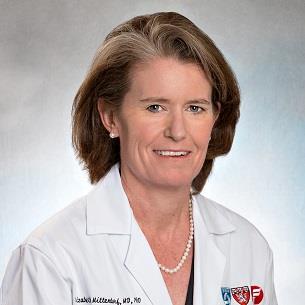Meeting
2012 Breast Cancer Symposium

University of Texas M. D. Anderson Cancer Center
Elizabeth Mittendorf , Sonia Perez , Diane Hale , Timothy Vreeland , Alan Sears , Guy Clifton , Alexandros Ardavanis , Nathan Shumway , James Murray , Sathibalan Ponniah , Michael Papamichail , George Peoples
Disclaimer
This material on this page is ©2024 American Society of Clinical Oncology, all rights reserved. Licensing available upon request. For more information, please contact licensing@asco.org
2012 Breast Cancer Symposium
Poster Discussion Session
Poster Discussion Session B
Survivorship and Health Policy,Systemic Therapy
Triple-Negative
NCT00524277
J Clin Oncol 30, 2012 (suppl 27; abstr 109)
10.1200/jco.2012.30.27_suppl.109
109
B9
Abstract Disclosures
2024 ASCO Annual Meeting
First Author: Melissa Taylor
2023 ASCO Annual Meeting
First Author: Maximilian Lennartz
2024 ASCO Gastrointestinal Cancers Symposium
First Author: David Bing Zhen
2017 ASCO Annual Meeting
First Author: Kaitlin M. Peace